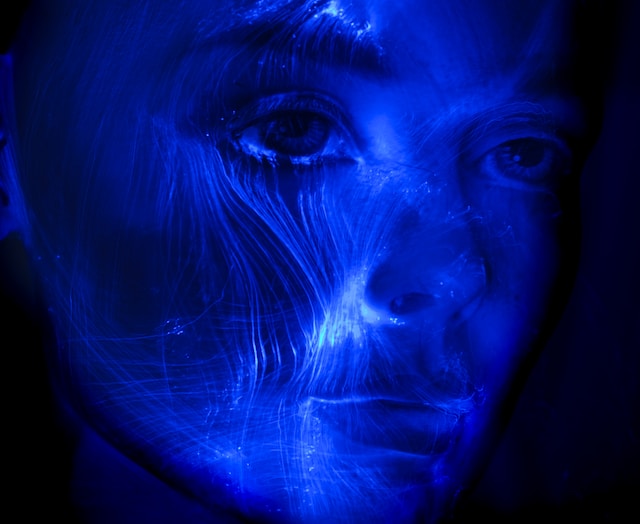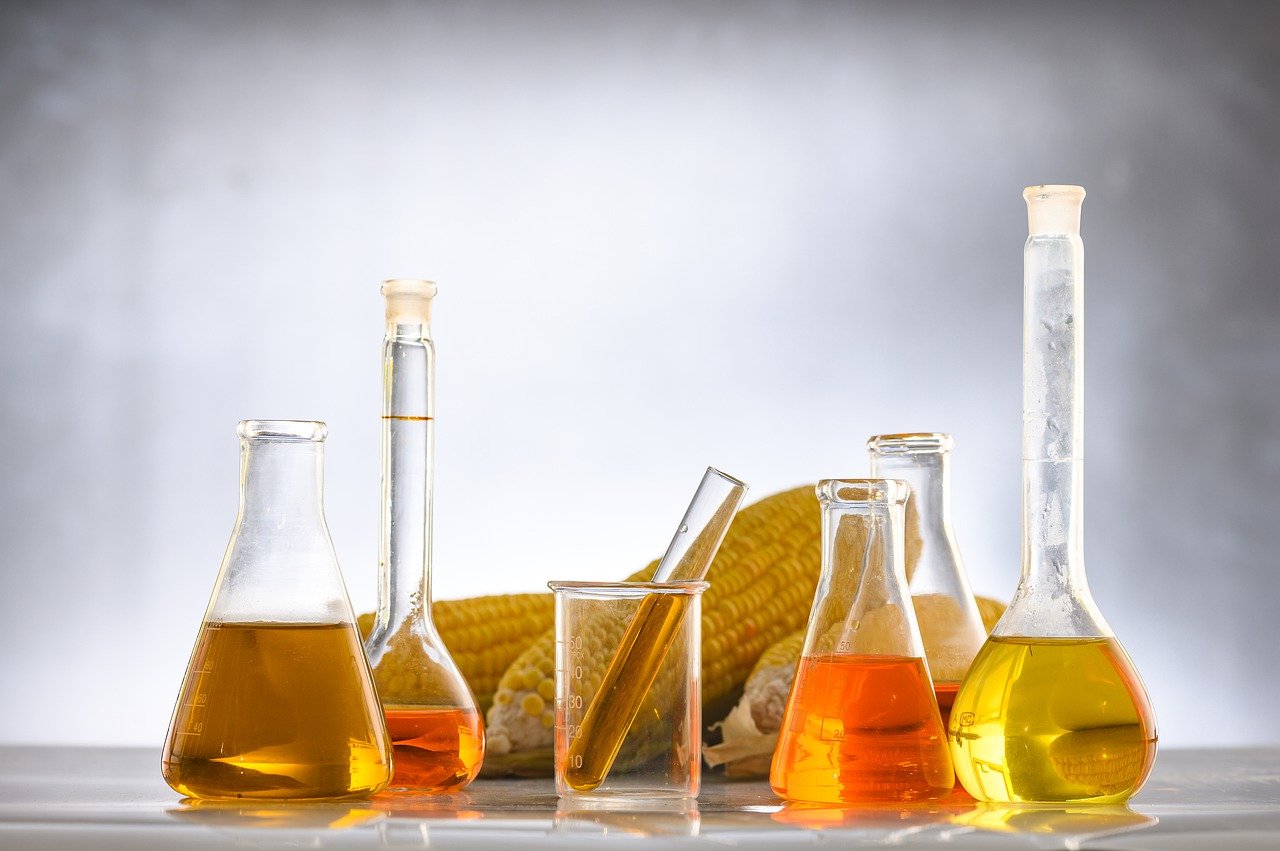IndustryTap has reported on industrial automation applications in Automated Underground Transport Systems, $6.2 Billion Khalifa Port, and igus’ Fiber Optic Cables and Improved Shipping Control, each of which improves workflow and saves money through the use of new smart automation technologies. The two primary automation technologies at ports and container terminals are horizontal ground transport from cargo unloaded by a ship-to-shore crane to container stacks and the movement of containers with stacks.
Soon, nearly all the ports around the world, on land or at sea, are likely to be fully automated. For places like China, with the largest port in the world in Shanghai, low labor costs may push the date further into the future. But for US-based ports, where labor costs are relatively high, it’s a no brainer and automation is in full swing.
Automating ports follows the trend toward automating any and all industrial processes that take place in harsh environments, such as power and utility plants, solar grids, windmills, oil and gas platforms, traffic control and monitoring, building facility and infrastructure management, security surveillance, access control systems, and the like.
The typical cost of converting a US port is upwards of $300-$500 million, which accounts for the cost to automate terminal facilities that handle as many as 2 million Twenty Foot Equivalent Units (TEUs) per year or more.
The following video shows automated ports and container terminals:






